Calgary’s Bonnybrook Waste Water Treatment Plant is getting a makeover to the tune of nearly $600 million. It’s one of three waste water treatment plants in Calgary that services the northern part of the city.
Additions and upgrades to the Bonnybrook Plant will happen in three phases.
According to Darren Finney, leader of the Bonnybrook Plant D Expansion, Phase One and Two will be completed in 2020, with Phase Three’s completion scheduled for 2022.
Currently, preliminary design for Phase Three is just wrapping up and pre-construction work should start next year with actual construction commencing in 2017.
Stantec is consulting on the project and Graham Construction is the construction manager.
Finney said construction on Bonnybrook needs to happen in phases for both constructability and operations reasons, as new pieces are tied in to the existing plant.
"It’s like doing a home renovation. You do a reno in one room, then move to another," he explained, citing the relatively small construction site as one of the project’s challenges.
"Bonnybrook is bounded on the east, west and north by existing infrastructure, so we have to work in phases," he said.
Finney said the only thing distinguishing one phase of construction from another is how much additional capacity is added to the plant at each phase’s conclusion.
Once Phase Three is finished in 2022, Finney estimates the Bonnybrook Waste Water Treatment Plant will be able to service an additional equivalent population of 327,000 people. That means, when the upgrade is done, Bonnybrook will be able to treat water for an equivalent population of 1.275 million people, Finney said.
It’s this need for added treatment capacity that necessitated construction on Bonnybrook in the first place.
The last capacity upgrade to Bonnybrook happened in the early 1990s.
"We’re adding primary clarifiers, biological nutrient removal systems, secondary clarifiers, a thermal hydrolysis facility, a filtration facility, and we’re upgrading the digesters and the ultraviolet disinfection system," Finney said.
He said the addition of a thermal hydrolysis facility is a first for Calgary.
According to Finney, Washington DC is the only other North American city employing this technology, though he estimates about 50 waste water treatment plants in Europe use it.
Thermal hydrolysis is a process during which waste and sludge materials are heated and pressurized, then rapidly decompressed. This sterilizes the sludge and renders it more biodegradable.
"When we get the treated waste water into the plant, it’s separated into liquid and solid streams. We treat the solids, which eventually are pumped to the Shephard Lagoons for further treatment," Finney explained.
"With the upgraded treatment capacity at Bonnybrook, it follows that more solids should head to the Shephard Lagoons, something the city wants to avoid," Finney said.
"The addition of the thermal hydrolysis facility will allow them to deal with more of the solids on site, which will mean less goes to Shephard," Finney explained.
In fact, Finney said, the goal is to keep the volume of solids heading to Shephard constant.
He said from a labour perspective, a study conducted in regards to the Bonnybrook Waste Water Treatment Plant expansion and upgrade revealed that the project will provide an estimated 865 person years of direct employment.
Following the conclusion of Phase Three construction, Finney said, based on forecasted population growth, the city doesn’t anticipate further improvements or additions will be needed at Bonnybrook until around 2040.
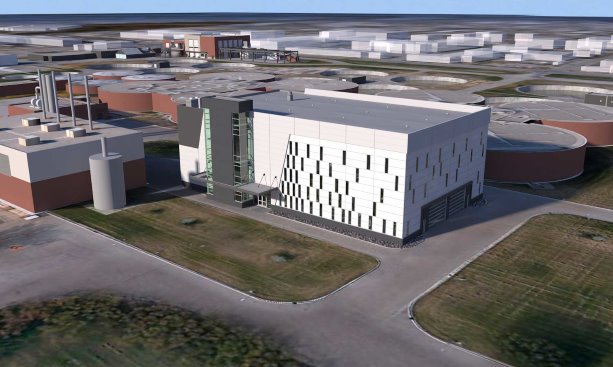


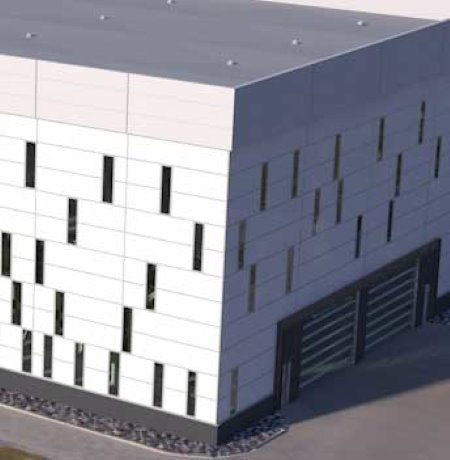
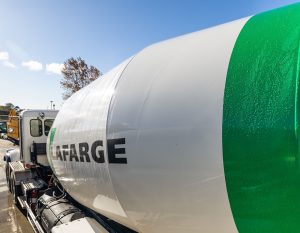

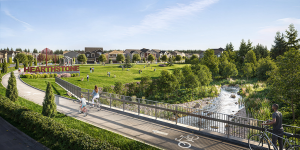
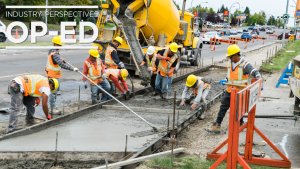


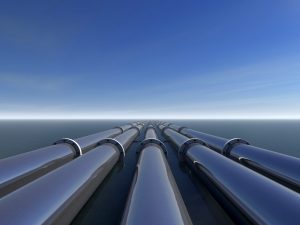

Recent Comments
comments for this post are closed